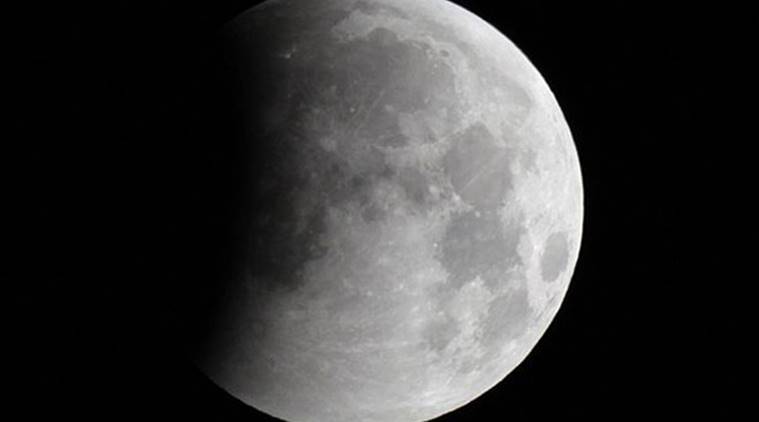If you missed Sunday’s Full Moon treat, take heart, it was the first of a trilogy of supermoons! The supermoon will reappear on the celestial stage on January 1 and 31, 2018, NASA said.
A supermoon is a Full Moon when it is also at its closest point to the Earth on its orbit.
Since the Moon’s orbit is elliptical, one side (apogee) is about 50,000 km farther from the Earth than the other (perigee).
The nearby perigee Full Moons appear about 14 per cent bigger and 30 per cent brighter than Full Moons that occur near the apogee in the Moon’s orbit.
“The supermoons are a great opportunity for people to start looking at the Moon, not just that once but every chance they have!” said Noah Petro, a research scientist from NASA’s Goddard Space Flight Centre.
December’s Full Moon is traditionally known as the “cold moon”.
The Full Moon on Sunday night marked the first and only supermoon of 2017. It appeared about seven per cent larger and 15 per cent brighter.
The supermoon on January 31 will feature a total lunar eclipse, with totality viewable from western North America across the pacific to Eastern Asia.
The Moon will lose its brightness and take on an eerie, fainter-than-normal glow from the scant sunlight, giving it a reddish hue. Totally eclipsed Moons are for this reason called “blood Moons”.
The January 31 supermoon will also be the second Full Moon of the month, often referred to as the “Blue Moon”, which happen every two and a half years, on average.
With the total eclipse, it will be a royal spectacle indeed, a “super blue blood” Moon, NASA said.
IANS

